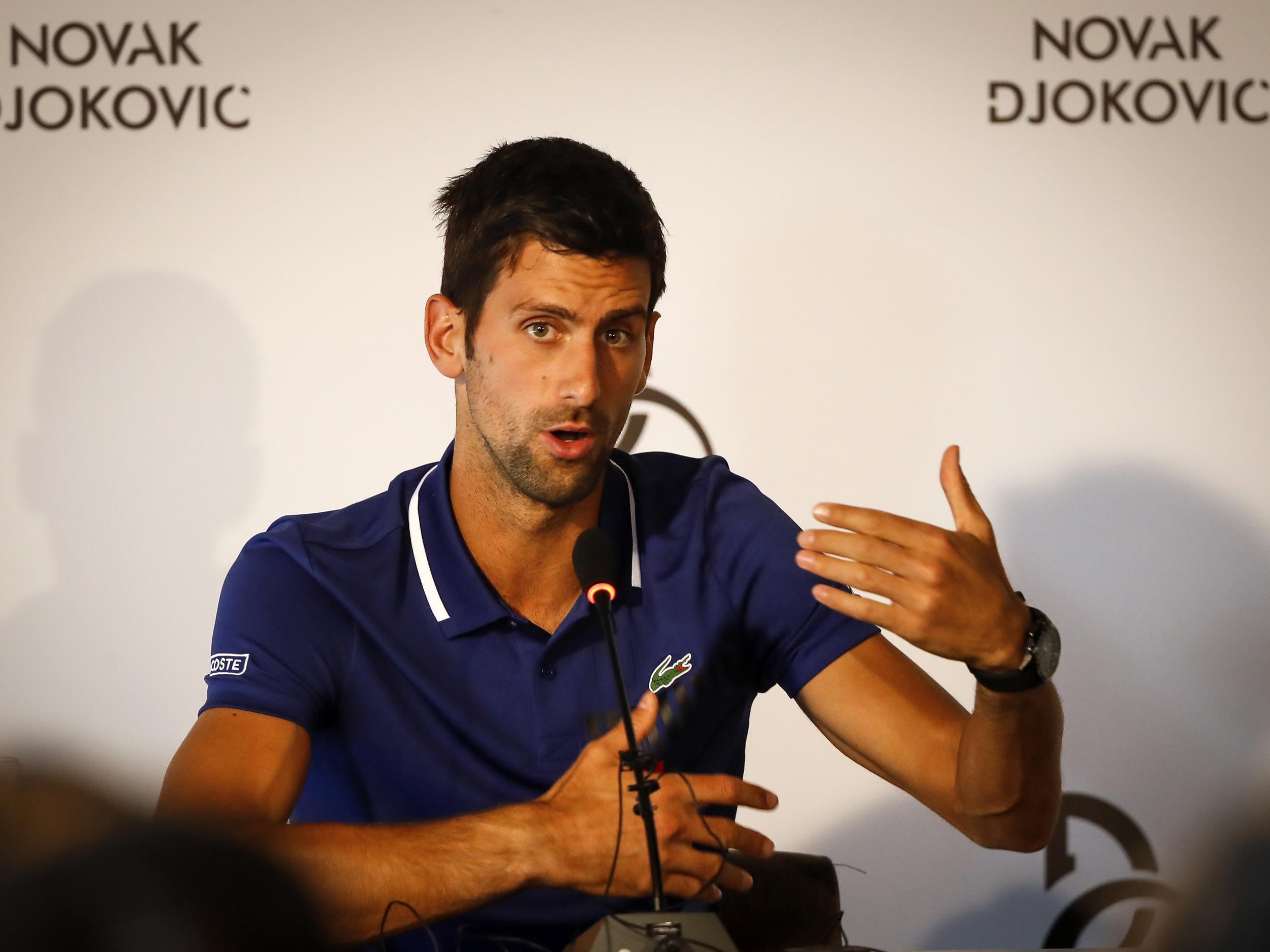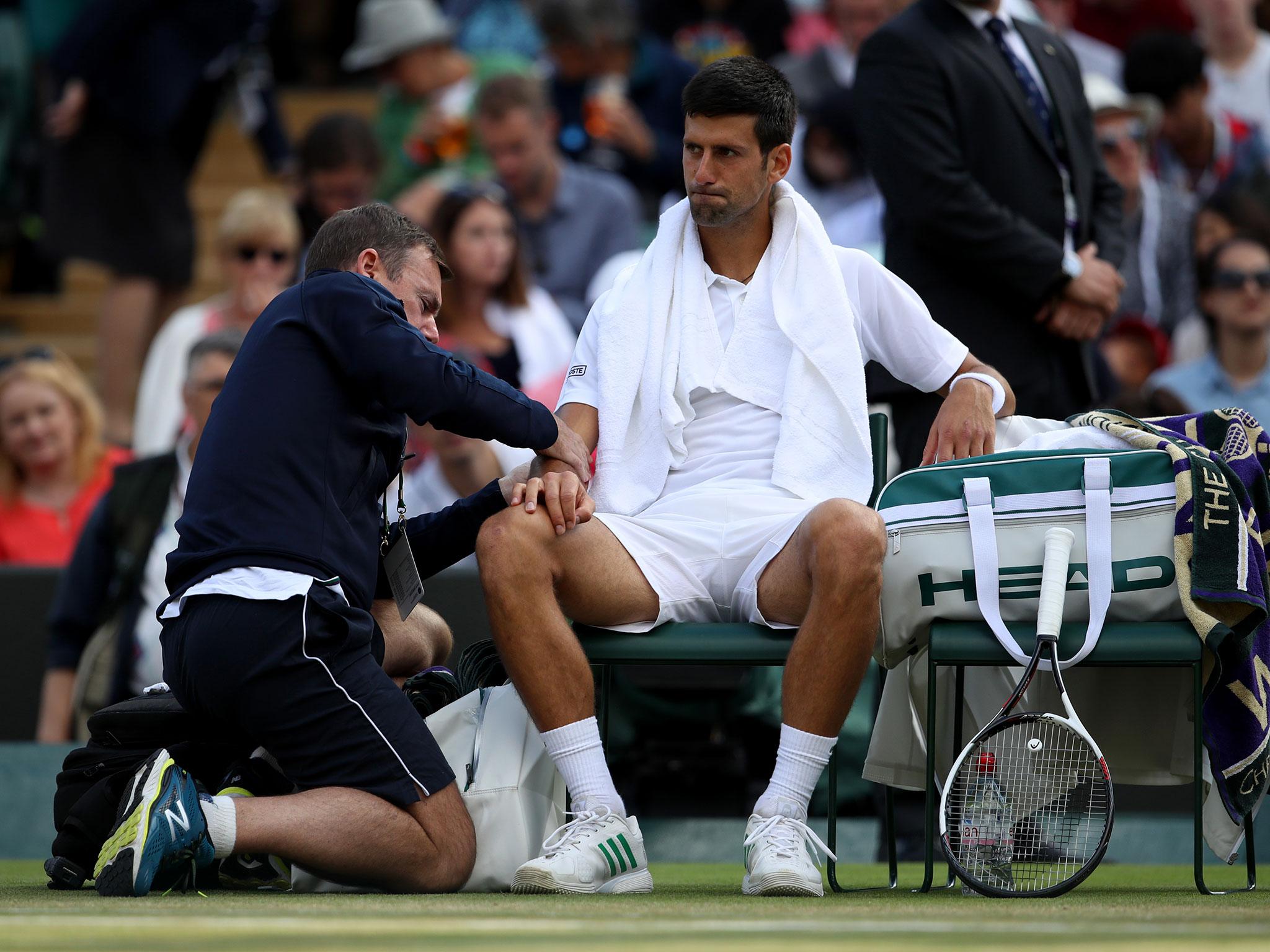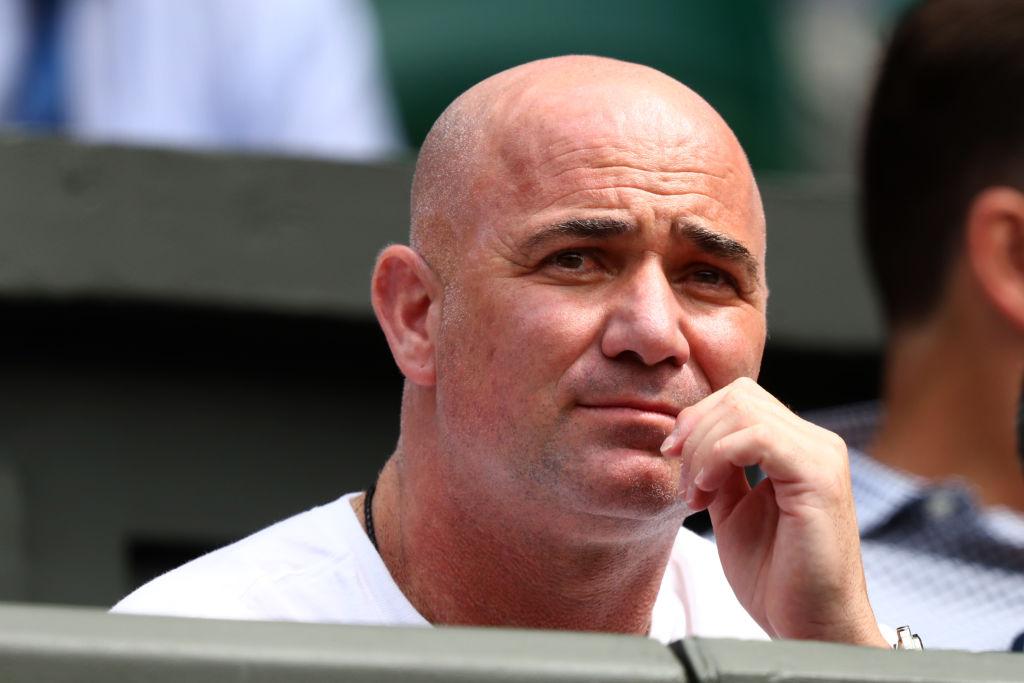Novak Djokovic follows Roger Federer's example by taking extended break - but will it have the same impact
The Serbian will return at next year's Australian Open when he will have dropped outside of the world's top 10

Your support helps us to tell the story
From reproductive rights to climate change to Big Tech, The Independent is on the ground when the story is developing. Whether it's investigating the financials of Elon Musk's pro-Trump PAC or producing our latest documentary, 'The A Word', which shines a light on the American women fighting for reproductive rights, we know how important it is to parse out the facts from the messaging.
At such a critical moment in US history, we need reporters on the ground. Your donation allows us to keep sending journalists to speak to both sides of the story.
The Independent is trusted by Americans across the entire political spectrum. And unlike many other quality news outlets, we choose not to lock Americans out of our reporting and analysis with paywalls. We believe quality journalism should be available to everyone, paid for by those who can afford it.
Your support makes all the difference.Anything that worked for Roger Federer will do for Novak Djokovic. Twelve months after the Swiss announced that he would be taking off the second half of the year to allow knee and back injuries to heal, the Serb followed suit as a result of the right elbow problem which has dogged him since the start of last year.
For both men, being unable to give of their best at Wimbledon proved the final straw. Two weeks ago Djokovic retired early in the second set of his quarter-final against Tomas Berdych, the pain from his elbow having got worse as the tournament progressed, affecting his serve and forehand in particular.
Djokovic will be hoping that he can return as refreshed and rejuvenated as Federer was when he returned at the start of this year.
Federer, who will be 36 next month, has played some of his best tennis in the last six months and taken his tally of Grand Slam titles to 19 with his triumphs at the Australian Open and Wimbledon. Djokovic, who turned 30 two months ago and has won 12 Grand Slam titles, will return to Grand Slam competition in Melbourne, where he has already won the Australian Open six times.
The decision to take a break has not been taken lightly by Djokovic, who has suffered on and off with the injury for the last 18 months. He says that surgery will not be necessary.
“All the doctors I’ve consulted, and all the specialists I have visited, in Serbia and all over the world, have agreed that this injury requires rest and a prolonged break from the sport is inevitable,” Djokovic said in announcing his decision.
“I'll do whatever it takes to recover. I will use the upcoming period to strengthen my body and also to improve certain tennis elements that I have not been able to work on over the past years, due to a demanding schedule.”
Much of Djokovic’s success has been built on his outstanding fitness. Next month’s US Open will be the first Grand Slam tournament he has missed since he made his debut at the Australian Open in 2005.
Djokovic is planning to return in a warm-up tournament before the Australian Open in January. With the world rankings based on a rolling total of points earned over the previous 12 months, he will probably have dropped from his present position at No 4 to around No 15 come the start of next year. That could lead to the intriguing prospect of his meeting one of the top four players as early as the fourth round.
Players who are out with an injury for six months or more can apply for a “protected” world ranking, but, initially at least, Djokovic is unlikely to need that. Being in the world’s top 20 guarantees entry into any tournament. Besides, protected rankings cannot be used to bolster a seeding.
Djokovic, moreover, does not appear concerned about his world ranking. “I won’t set unrealistic goals, but having accomplished so much in my career I will find it difficult not to aspire to win tournaments,” he said.
“Believe it or not, I am actually looking forward to playing the top seeds in the third or fourth round of major tournaments because for once the pressure will be off.”

While the parallels with Federer’s situation are obvious, it remains to be seen whether the outcome will be the same. Federer, significantly, took his break at a time of stability in his life both on and off the court.
For Djokovic, life away from tennis has not always been easy over the last two years. The Serb admitted to off-the-court problems last summer, though he later said they had been resolved. His wife, Jelena, is expecting their second child later this year.
Although Djokovic is five years younger than Federer, he is taking a break at a time when his tennis has been going through something of a crisis.

The Serb admits that he lost motivation after winning last year’s French Open, when he became the first man for 47 years to hold all four Grand Slam titles. He has rarely performed at his best in the ensuing 13 months and has suffered some shocking losses at Grand Slam tournaments in particular.
Federer, in contrast, went into his break having reached two finals and two semi-finals in his previous four Grand Slam events. Even at last year’s Wimbledon, where his knee became a serious issue, he reached the semi-finals before losing a five-set marathon to Milos Raonic.
The Swiss also took his time off knowing that he had long-term stability in his entourage. He has worked with Pierre Paganini, his fitness trainer, for 17 years, while Severin Luthi, who works as his coach alongside Federer’s long-time friend Ivan Ljubicic, has been with him for 10 years.
Djokovic, meanwhile, dismissed his entire coaching team in the spring. Andre Agassi started working with him at the French Open, was with him at Wimbledon and has already agreed to coach him at next year’s Australian Open, but the American may not have the same close relationship that Djokovic had with Marian Vajda or even Boris Becker.
Nevertheless, Djokovic said that Agassi supported his decision to take a break “and remains my head coach”. The Serb added: “He is going to help me get back into shape and bounce back strong after the recovery period.”
Perhaps Djokovic will draw inspiration from his coach’s own experiences as a player. World No 1 in February 1996, a disillusioned Agassi dropped to No 141 the following November but was back on top of the pile two years later.
“Sometimes maybe the body and the mind do need a rest,” Federer said last week when asked about the injuries Djokovic and Andy Murray had been dealing with at Wimbledon. “For me it worked out. But that doesn't mean it's going to work out for everybody.”
Join our commenting forum
Join thought-provoking conversations, follow other Independent readers and see their replies
Comments